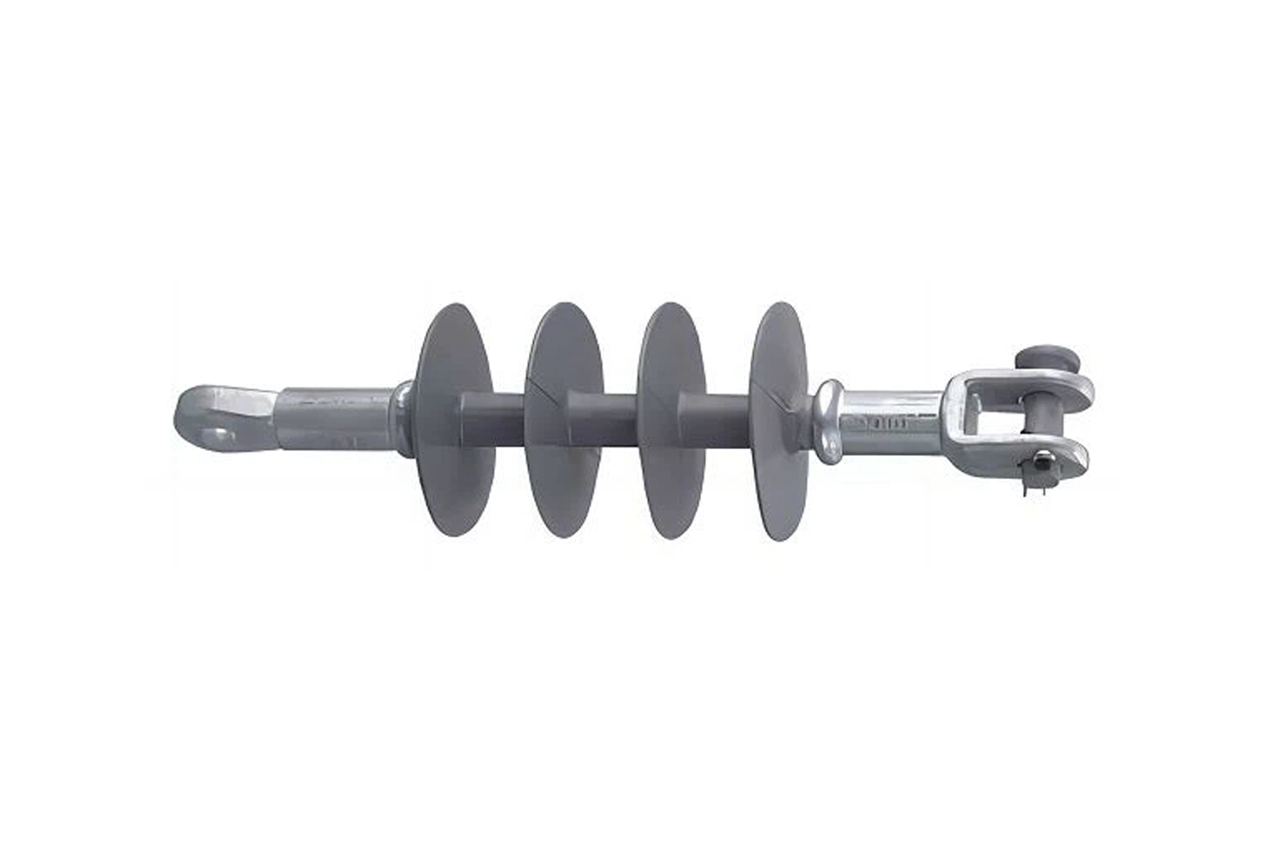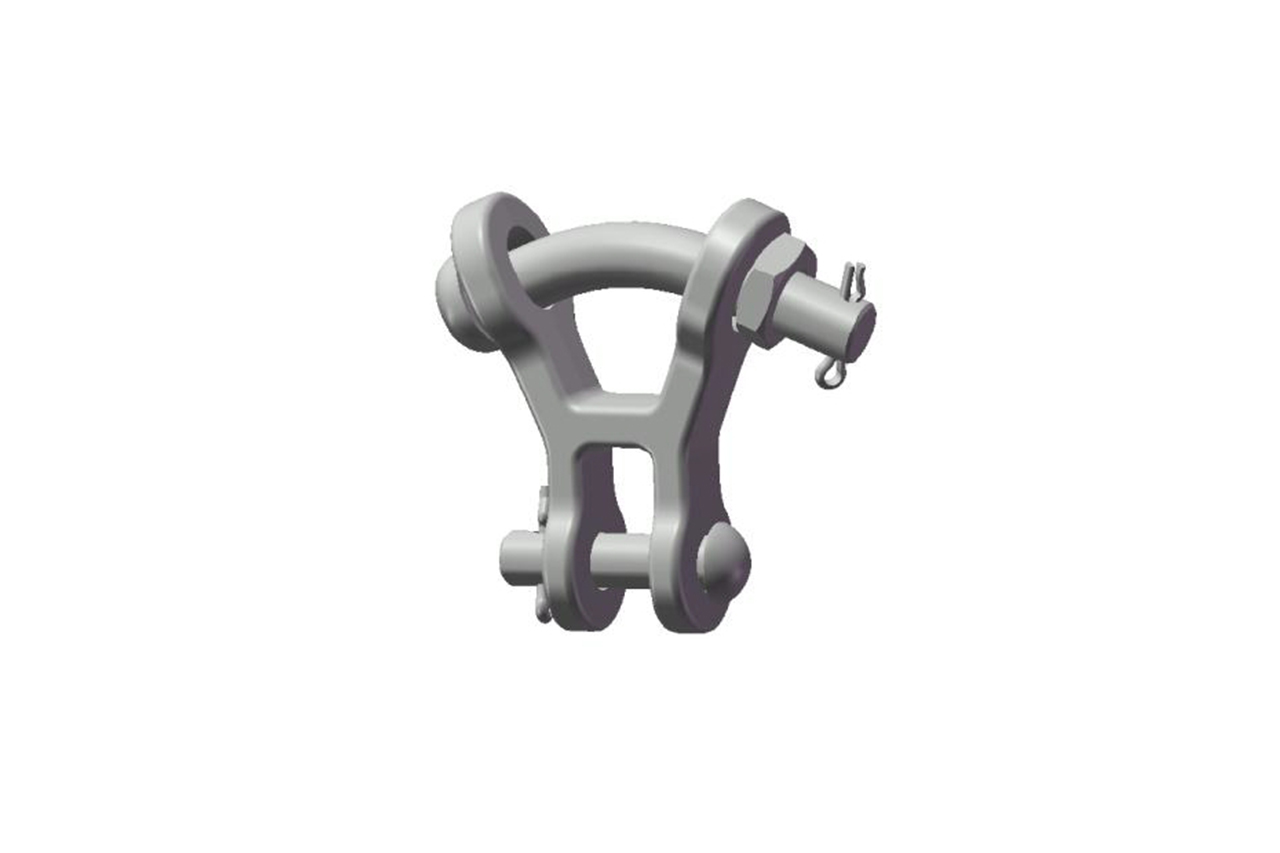Hello! As a composite bushing supplier, I’m frequently asked about the shock-absorption capabilities of composite bushings. In this blog, I’ll explain these characteristics, their importance, and how our composite bushings compare in the market.
What are Composite Bushings?
Before discussing shock-absorption, let’s briefly cover composite bushings. They consist of combined materials—typically polymers and reinforcing fibers. This blend creates unique mechanical characteristics suitable for diverse applications, from electrical equipment to mechanical systems.
The Significance of Shock-Absorption
Shock absorption is vital across industries. In mechanical systems, sudden impacts accelerate component wear, causing premature failure. For instance, automotive suspensions rely on high-shock-absorption parts for smooth rides and frame protection. In electrical systems, it safeguards sensitive equipment from disruptive vibrations and impacts.
How Composite Bushings Absorb Shock
Composite bushings absorb shocks through material properties and design. Their polymers are often viscoelastic, meaning they temporarily change shape under pressure before returning to their original form. During impact, the polymer deforms, converting shock energy into heat.
Reinforcing fibers also contribute to shock absorption. They enhance strength and rigidity, helping the bushing withstand high-impact forces. Fibers additionally distribute loads evenly, minimizing stress concentration at any single point.
Factors Influencing Shock-Absorption
Several elements affect these properties:
Material Selection
Polymer and fiber choices significantly impact performance. Different polymers offer varying viscoelastic traits—rubber-like variants excel in shock absorption due to high elasticity.
Fiber Orientation
Fiber alignment relative to expected impacts improves reinforcement effectiveness, boosting impact resistance.
Bushing Design
Shape and size determine shock-absorption efficiency. Optimized designs enable controlled deformation during impacts, maximizing energy dissipation.
Our Composite Bushings’ Shock-Absorption
We’ve refined our composite bushings’ shock-absorption through years of expertise. Material selection and precision engineering ensure peak performance.Our bushings combine premium polymers and fibers renowned for exceptional shock absorption. Advanced manufacturing ensures proper fiber orientation and consistent quality.
For example:
ABB Composite Bushing J1: Designed for high-impact scenarios. Its unique shape and materials absorb substantial energy during shocks.
ABB Composite Bushing J3: Engineered for reliable shock absorption in harsh conditions. Robust construction suits heavy-duty applications.
ABB Composite Bushing J2: Balances shock absorption with electrical insulation—ideal for versatile use.
Comparison with Other Materials
Versus metal or rubber bushings, composites offer superior shock-absorption advantages:
Metal bushings: Excessively rigid, transferring shocks directly to components and causing damage.
Rubber bushings: Absorb shocks well but lack composites’ strength/durability. Composites merge rubber-like absorption with fiber-enhanced robustness.
Real-World Applications
High-shock-absorption composite bushings serve critical roles:
Automotive: Suspensions, engine mounts, steering systems—enhancing comfort and component longevity.
Aerospace: Landing gear and critical parts—ensuring aircraft safety through impact absorption.
Electrical: Transformers/switchgear—protecting equipment from mechanical shocks.
Conclusion
Shock-absorption capabilities define composite bushings’ performance across applications. Our ABB Composite Bushing J1, J3, and J2 deliver excellence through meticulous material and design choices.Seeking high-shock-absorption composite bushings? Contact us. Whether in automotive, aerospace, or electrical sectors, our products meet your needs. Reach out to discuss requirements and benefits for your applications.
References
- Composite Materials Handbook by John W. Weeton, David M. Peters, and Kenneth L. Thomas
- Engineering Mechanics of Composite Materials by J. N. Reddy
- Mechanical Behavior of Materials by Norman E. Dowling




